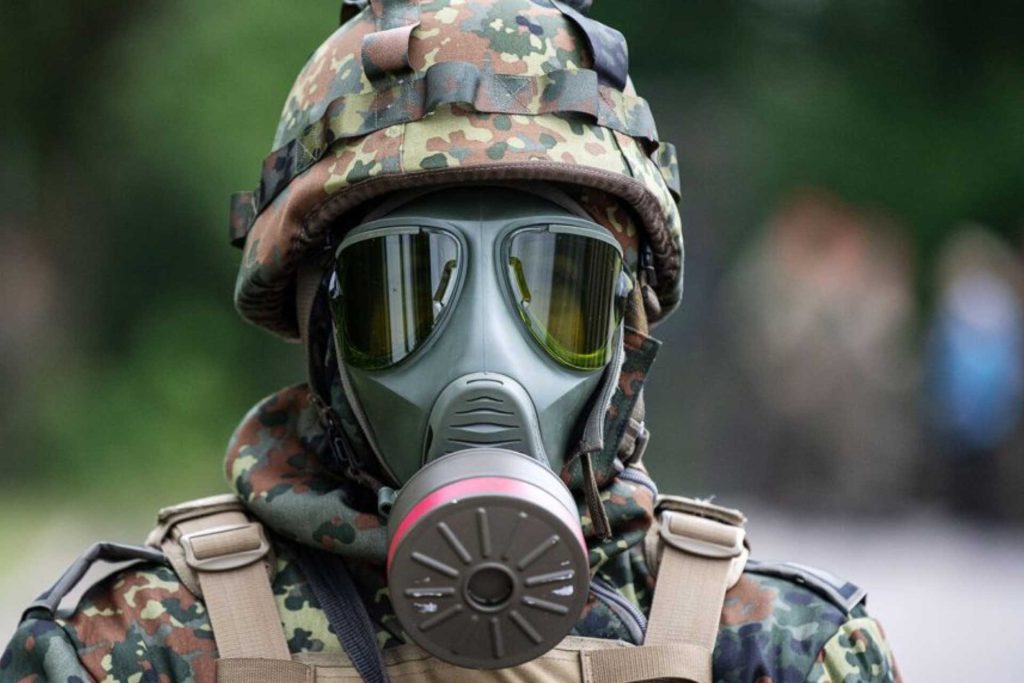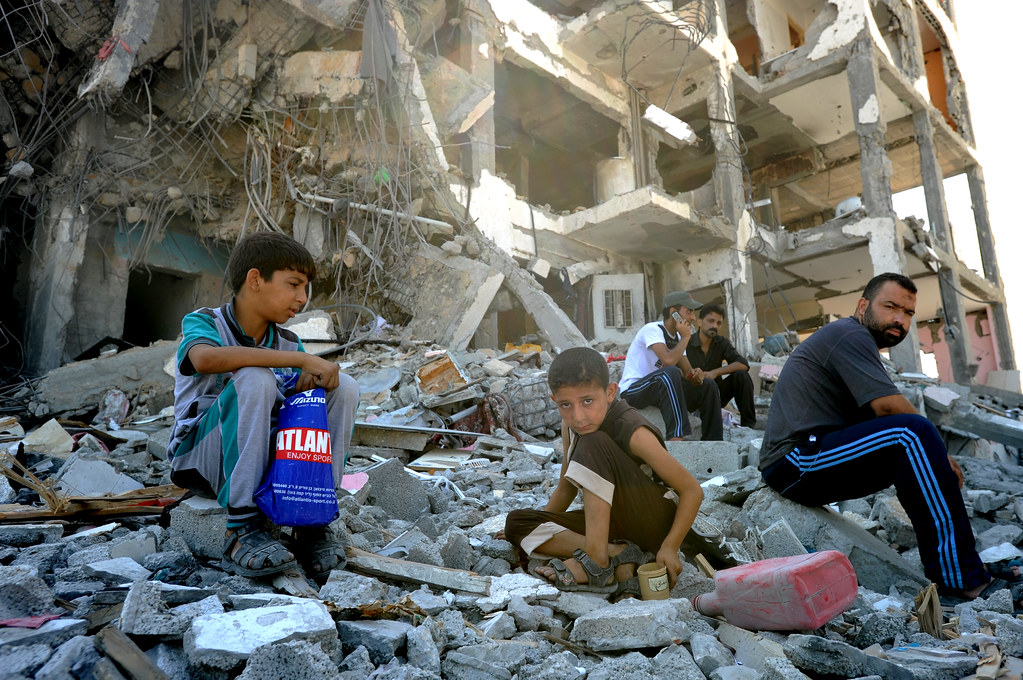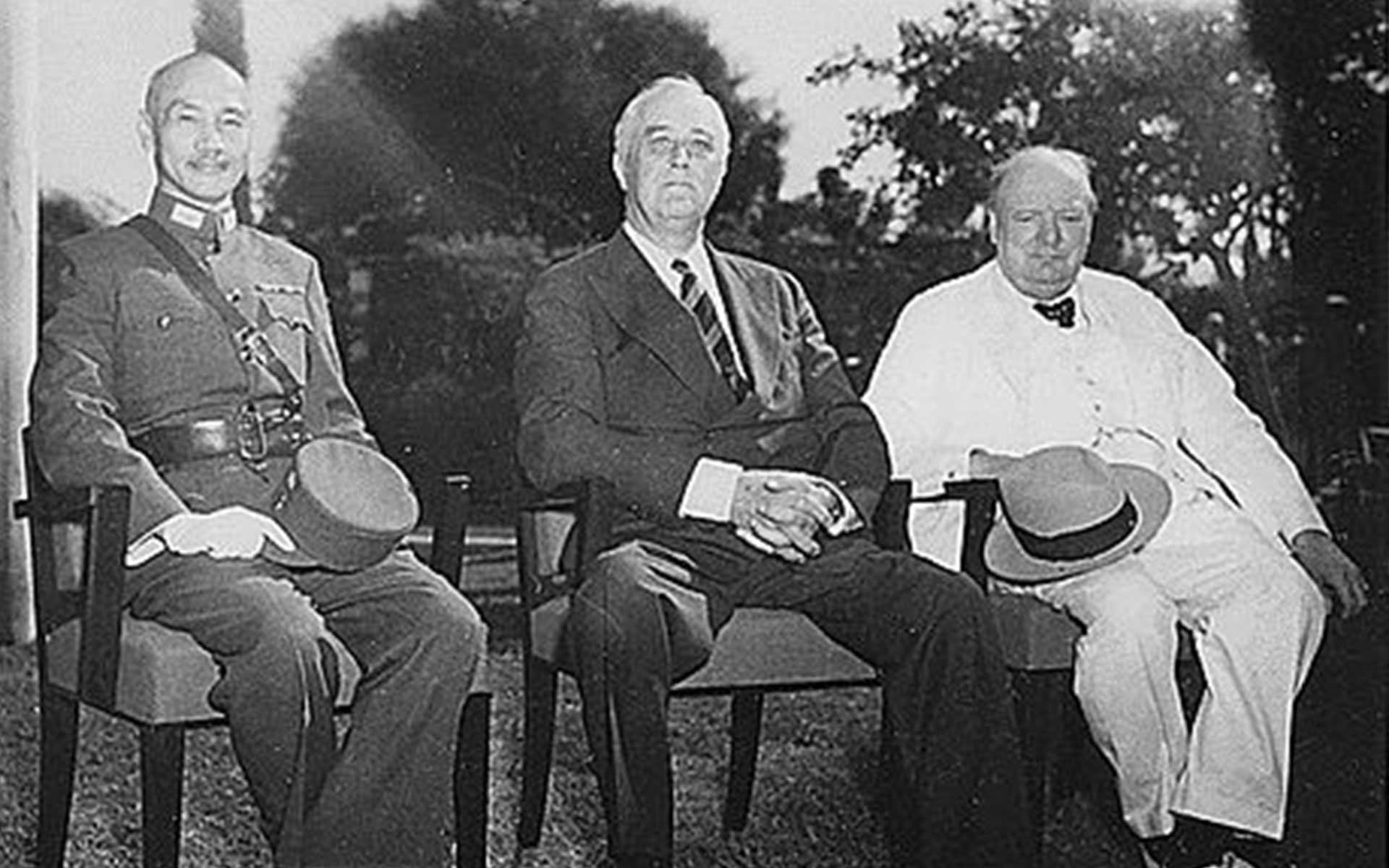Biological Terrorism: A Renewed Threat Post Covid-19?
The virus itself provides a relatively quick and easy way for terrorists to carry out acts of bioterrorism because the virus is transmitted and then spread to other people. Several cases have been recorded in organizations such as Al-Qaeda and ISIS in Indonesia, which aim to spread the virus to law enforcement officers.
In 2020, as an early response to the pandemic and the threat of bioterrorism, the United Nations General Assembly adopted the Resolution on Biological Weapons (A/RES/75/85), calling on states to fully implement the 1972 Biological Weapons Convention. It also called on member states to do everything possible to keep biological weapons and designated precursors away from non-state actors (United Nations, 2020). However, three challenges to global biosecurity are emerging: Using Covid-19 as a weapon, lower security of laboratories and facilities, and technological advances.
Turning Covid-19 into a weapon?
The initial spread of the virus showed the world, including terrorist organizations, how it is possible to spread a biological agent through a single person (patient 0). It is therefore possible that terrorists might consider using it as a weapon to significantly increase the damage it causes. This could happen in three different ways. The first is the spread of the virus with little or no planning; there have been several cases around the world of people deliberately spreading the virus by sneezing or coughing on people or infecting objects of common access, such as products in supermarkets. The second scenario concerns the use of the virus for attacks planned according to a specific ideology. The virus itself provides a relatively quick and easy way for terrorists to carry out acts of bioterrorism because the virus is transmitted and then spread to other people. Several cases have been recorded in organizations such as Al-Qaeda and ISIS in Indonesia, which aim to spread the virus to law enforcement agencies.
On the other hand, the third scenario is the one most linked to the global level, i.e. spreading the coronavirus indiscriminately to prolong or reignite the pandemic. This would lead to further deterioration of the situation, further destabilization of governments. (Ackerman and Peterson, 2020)

Photo by Fabian Sommer/picture alliance via Getty Images
Less Secure Facilities
Terrorist organizations can take advantage of the low security of structures to obtain materials from buildings and laboratories that are often inaccessible. This can result from limited operations, quarantined personnel, or fewer personnel in the workplace. Sensitive facilities are, in particular, weapons storage sites, chemical plants and facilities storing nuclear, radiological or other hazardous materials. In addition, for individuals belonging to these organizations, legal purchases of substances are more secure. For example, no one would notice and report an individual trying to buy large quantities of peroxide when every customer buys it on a daily basis. Furthermore, beyond that, terrorists may try to buy or steal raw materials that can be used to make Improvised Explosive Devices or other weapons (Ackerman and Peterson, 2020).
Technological Developments
Advances in technology have made it easier and cheaper to acquire tools to genetically modify a bacterium or virus. This has raised significant concerns during and after the pandemic, creating an underlying fear that non-state actors could launch new biological attacks, starting with the SARS-CoV-2 genome. This has drawn attention to synthetic biology (SynBio), which specifically encompasses engineering systems biology (Cheng and Lu, 2012). Major advances in this field have enabled the reduction of material costs and technical capacities, especially for the biological modification of viruses. One of the most important developments was Clustered Regularly Interspaced Short Palindromic Repeats (CRISPR). This system theoretically allows the DNA sequence of a virus or a biological agent to be modified using standard tools, generally scissors. This tool is currently sold online for the modest price of $150. (Howard, 2020) This could be an opportunity for terrorist organizations to modify the Covid-19 virus to achieve their goals.
Analysis of the Real Impact of Covid-19 on Bioterrorism
Based on what analyzed throughout this article, the COVID-19 Pandemic has increased the risk of bioterrorism. It has highlighted how much is still unknown about viral contagion, showing how an attack with a biological weapon can have disastrous consequences. The intentions of al-Qaeda and ISIS to cause mass casualties through shock attacks should not be underestimated, as they are still major sources of concern, albeit with significantly reduced capabilities since their peak devastation of territory, resources and troops. The psychological impact of a bioterrorist attack may be attractive to extremists, but due to their limited capacity, their methods of dissemination will be undeveloped and primitive. Human-to-human transmission is much more likely than aerosol release, but with technological advances, special attention should be paid to both methods of transmission. Finally, the infiltration of the network of scientists and researchers by members of the organization is a serious risk factor as it could create a serious problem of proliferation and theft of biological material, especially in relation to variants and the work that the scientific community is doing on Covid-19. So if there are these risk factors on the one hand, there are arguments that mitigate the risk of bioterrorism on the other.
First, while the pandemic has revealed a serious global vulnerability to a new virus, indiscriminate widespread transmission is not compatible with the goals of most terrorist groups. Overall, terrorist groups are more likely to use the pandemic as an opportunity to increase their online recruitment and radicalization activities. Second, their ability to carry out a large-scale biological attack is probably still lacking. The third is organization in small cells. This organizational structure presents challenges during the development of biological weapons, requiring expertise, collaboration and extensive resources to produce a biological agent. (Koblentz and Kiesel, 2021) The consequences of this pandemic have been severe in terms of socio-economic damage to date. However, terrorists are similarly vulnerable to COVID-19 and few groups are interested in reaping this indiscriminate damage. Therefore, while terrorists’ interest in biological weapons needs to be monitored, there is no major impending threat in this respect.
Marco Amorelli
Boston University Pardee School of Global Studies




Comments